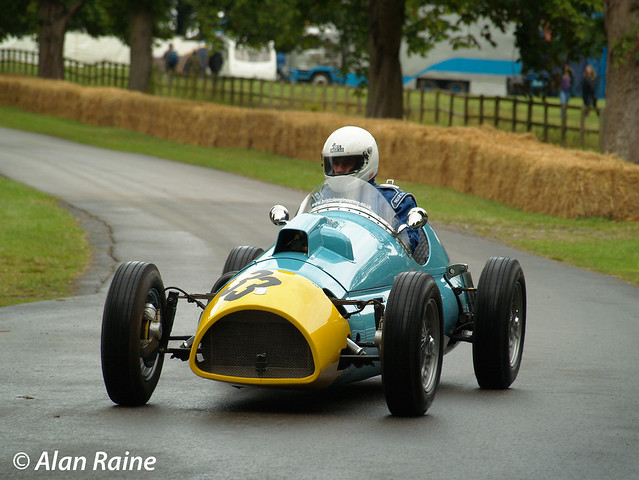
The Classic Cars report includes a picture of the car and says it was built in 1959 from a written off Aceca.
The question "Why?" immediately springs to mind. I can see the sense of making such a single seater in the Cooper-Bristol and 2-litre F2 era, say 1952-55, but by 1959 there would have been little point. It would have been have been out of date compared to the rear-engined Coopers, although admittedly this may not have been apparent at the time. What is more puzzling is where the owner could have used the car. It would only have been eligible for formule libre club racing, or hillclimbs and sprints. Given what it would have cost to build the car, I would have thought a cycle-winged sports car would have been a far more usable proposition.
Does anybody know the story behind the car?
Edited by D-Type, 20 October 2011 - 08:13.




















